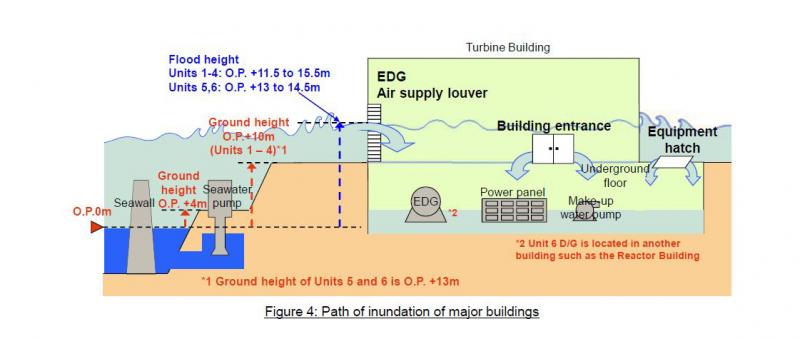
Tokyo Electric Power Company, Inc. - June 20, 2012
This report supplements the December 2011 Interim Report with the addition of investigations and examinations carried out after the release of the Interim Report, from the following three perspectives:
In addition to the issues concerning and measures taken in regard to the facilities as written in the Interim Report, issues concerning and measures taken in regard to operations have also been added;
Items for which investigations had not yet been completed at the time of the release of the Interim Report have been added; and
Further investigation was conducted on the issues in question and added to the report.
・In this report, TEPCO has made an effort to learn from what it experienced as a party to this accident and from the compiled data, and has summarized the manifestation of the facts investigated, the causes leading to core damage, and measures for prevention. These will steadily be applied to the nuclear power stations it owns.

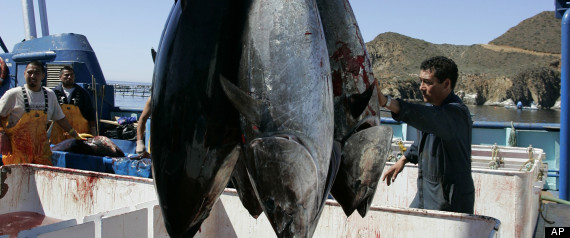



 submitted by Luis Kun
submitted by Luis Kun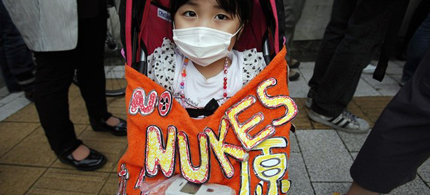 Kaede Tanaka, 3, sits in her buggy with a Geiger counter placed on her lap, during an anti-nuclear protest in front of the Japanese prime minister's official residence in Tokyo June 8, 2012. (photo: Reuters)
Kaede Tanaka, 3, sits in her buggy with a Geiger counter placed on her lap, during an anti-nuclear protest in front of the Japanese prime minister's official residence in Tokyo June 8, 2012. (photo: Reuters)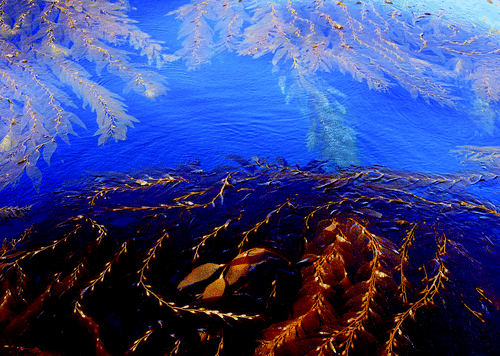
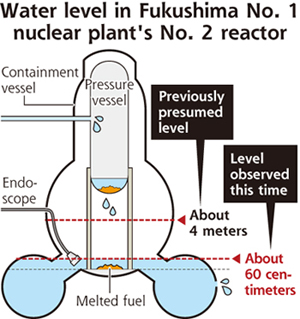 yomiuri.co.jp - March 28, 2012
yomiuri.co.jp - March 28, 2012
Recent Comments